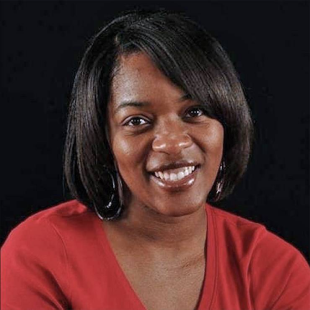- Platform
- About us
- Resources
- Events
WhiteSpace Health Blogs

Find Money in your Schedule and Cycle Time Data
by Saemica Wilkins
Every physical exam starts with a nursing professional. Patient intake starts with collecting the patient’s vitals – height, weight, etc. Medications are verified, social determinants of health are identified, reason for the visit, how the patient is doing, and any concerns are documented. In some practices and clinics, it may include a blood draw. In others, a trip to the lab may be a completely separate step in the patient flow.
Dissecting the Intake Process
The intake process must occur before the patient sees their provider. It is on the critical path of the appointment and an area that can potentially add time to the patient visit. If nurse intake time is not correctly estimated and scheduled, it can create a bottleneck that affects all downstream workflows. Since the intake process is largely nurse driven and since it also comprises nearly half of the patient’s appointment time, it is important to understand the implications for the scheduling template.
Here is a key question to consider. If a physical exam appointment slot is scheduled for one hour, is an entire hour blocked for both the provider and their nurse? Use your cycle time data to shed insights into how much time is spent for each stop on the patient journey through a physical exam appointment. Our data showed that the nurse spent about 15-20 minutes with the patient and the provider also spent about the same. The rest of the time was allocated to administrative tasks such as checking and out and waiting for intake.
Our data showed that having providers wait for patient intake to complete was slowing us down. Based on our scheduling data, we decide to divide each appointment in half. The nurse intake portion, along with check-in and wait times were allocated to the first half of the appointment. The provider’s physical exam portion of the visit, check-out and next appointment scheduling were included in the second half. This new scheduling approach allowed providers to see more patients which lead to more billings and increased revenue. It also improved cycle times in the clinic and patient satisfaction.
Results
Another positive (and unexpected) result of being able to see more patients was that fewer of our patients were seen in other settings of care. Both urgent care and emergency department visits declined. As a result, patient out of pocket expenses were also lower. From a health system perspective, this was an improvement in efficiency. More patients were seen in the lowest appropriate setting of care. This also improved capacity in the emergency department for higher acuity patients. These schedule changes also increased billings and collections in primary care, and expanded access to care since providers were able to see more patients each day due to the scheduling template changes.
